A successful Education is filled with many different factors. It is very difficult to find the best primary schools in Melbourne. The first thing that parents should consider when sending their children to school for the first time:
One should always do their research to find out which schools have a good reputation for being smart, well organized, and stable. We have compiled a list of some of the best primary schools in Melbourne according to certain criteria so that parents can be informed on what they are looking for before making their ultimate decision.
The parents will get this type of information like, Gender, Grade, Enrolment, Telephone, Address, E-mail, School type, and the school websiteThis decision is at once one of the easiest and yet most difficult ones we’ll ever have to make. On the surface, there is a myriad of options from which to choose: private schools, public schools, charter schools, scholastic societies, and more., is the quality of the school itself.
There are lots of schools in Melbourne, City. If you want to take a decision on your child’s admission to the best school Then you should know about the school’s reputation, academic facilities, Environment, Enrolment system, the advantage of transportation, Teacher quality, teacher-student ratio, and like so on.
Table of Contents
What are the best primary schools in Melbourne?
This is a common question for guardians, not just the scores that count. But also teachers’ judgment on what is needed for each student. School rankings don’t just show how much students learn in the classroom but also how well they can learn.
Choosing one of the best primary schools in Melbourne for your children can be daunting. There are so many different factors that you need to consider, including location, type of teaching, facilities, etc.
Primary school rankings are predominantly made according to previous HSC results, but this year, the high schools are coming under fire for not taking into account better teaching methods for measuring students’ abilities. As a new method of measurement, NAPLAN has proven to be an effective way of assessing students’ English ability while also ensuring that they have been taught correctly.
Every year, high schools are ranked according to the results of the HSC. However, as universities and employers start to look at a broader range of results such as NAPLAN, rankings must be also based on these other results.
The Top 10 Best Primary schools in Melbourne.
The list includes not only lists of the top 20 primary schools in Sydney and Melbourne, but also a breakdown of the different types of primary schools from public to private and Catholic to non-religious – so you can find which type is best for your child.
The increasing emphasis on NAPLAN results and the lack of weighting for other factors such as socioeconomic status mean that high schools may not accurately represent what the true top school in the country is. Melbourne is a bustling city with a population of close to 4 million.
When it comes to education, there is a wide range of excellent primary schools ranked according to the best Education has to offer. Melbourne High Schools have been ranked according to previous HSC results, but better Education uses a variety of factors in those rankings. We have compiled a list of the top ten primary schools in Melbourne as rated by parents and pupils themselves!
While high schools are predominantly ranked according to previous HSC results, Better Education uses a variety of results to deliver top primary school rankings. HSC exam marks are not always representative of the whole student’s success and often do not reflect the academic effort put into the subject area. This is why Better Education ranks schools based on many different criteria including NAPLAN, ATAR, OP scores, and Tertiary Entrance Exam (TEE) results.
Aussie parents are always on the lookout for the best schools to send their children to. With a rise in independent schools and a dwindling reliance on higher education, many Australian parents have been finding it difficult to find the best schools for their children.
Luckily, Better Education uses a variety of results to deliver top primary school rankings. The ranking system takes into account the child’s performance including IQ tests, essays, and spelling tests.
There are many ways to rank schools and it can be confusing for parents looking for the best school for their child. We provide rankings based on not just academic results but cultural engagement, leadership, and student life.
10. Carlton GardensPrimary School
The school has an average of 76 students enrolled annually and was established in 1906. The school has an extensive sporting program that includes football, netball, soccer, and hockey. It also boasts excellent facilities for both physical and academic learning with computer labs, science labs, library. Carlton Gardens Primary School, often abbreviated as CGPS is a small, but a vibrant inner-city school that is focusing on providing quality education to its community.
The school was first opened in 1927 and has since grown into one of Adelaide’s most respected primary schools. The students are offered a variety of curriculum programs including the International Baccalaureate program. outdoor basketball courts and playground.
Carlton Gardens Primary School, often abbreviated as “CGPS” is a small, but vibrant inner-city school that is focusing on providing quality education to its community.
This goal was realized in what they called their “Good Friday Message”. Where the entire school came together to ask for prayers and support from the wider community. It was founded in 1897 and provides education for children ages 5-13.
Telephone: 0399359399
E-mail: South. melbourne.Ps@education.vic.gov.au
Address: 129-161 Ferrars Street, Southbank 3006
9. North Melbourne primary school
North Melbourne Primary School is a mixed public school catering for boys and girls from Prep to Grade 6. The school is located on Errol Street, North Melbourne, VIC. It has a student population of approximately 890 and an average teaching staff of 50. Situated on its leafy campus with surrounding playing fields, the school caters to children who live in the northern suburbs of Melbourne.
The school offers students the opportunity to participate in various co-curricular activities including sporting, cultural, drama, and music programs. Their students are encouraged to be involved in social responsibility initiatives with community partners such as Amnesty International and the Red Cross.
North Melbourne Primary School is a mixed public school catering for boys and girls from Prep to Grade 6. The school is located on Errol Street, North Melbourne, VIC. This school educates students in years Prep to 6, with its curriculum based on four key themes: Science, Technology, Engineering and Mathematics (STEM), Indigenous Cultures, and Australia’s Environment.
The school has had an excellent academic history, with many of the students being aspiring scholars. The school has also been involved in many sports events, with its basketball team being one of the most successful teams in Victoria.
Telephone : +61393296902
E-mail: north.melbourne.ps@education.vic.gov.au
Address: 210 Errol st. North Melbourne VIC 3051
8. South Melbourne primary school
South Melbourne Primary School is a primary school with a modern outlook. It was built in 2018 and is situated on Ferrars Street in South Melbourne. The school has the perfect facilities to provide students with an excellent education that will prepare them for their future.
Technology is embedded into every facet of the curriculum, from teaching to learning. All classrooms are fitted with interactive digital whiteboards, which allow for instant access to information and data, empowering the student’s knowledge of the world around them.
South Melbourne Primary School, in Victoria, has received a total of $44 million from the state to make it the smartest and most modern school in the state. With an innovative curriculum and cutting-edge facilities like swimmable pools in every classroom, 3D printing labs, and a semi-underground car park with electric car charging stations, this school is destined to be the new must-see for all parents.
Telephone: 0399359399
E-mail: south.melbourne.ps@education.vic.gov.au
Address: 129-161-Ferrars street Southbank 3006
7. Burwood east primary School
Burwood East Primary School is a public coeducational school located in Burwood East, in VIC, Melbourne Eastern Suburbs region. Founded in 1979, the school has been educating the children of the community for over three decades. The school offers stimulating curricular and non-curricular activities to its students such as Athletics carnivals, camps, and excursions.
Burwood East Primary School is a public coeducational school located in Burwood East, in VIC, Melbourne Eastern Suburbs region. The school offers to stimulate curricular and noncurricular activities such as Intensive Art Making with renowned contemporary artist Kjersti Öberg, Music for All with Australian composer and musician David Lumsdaine, and Yoga.
The School offers stimulating curricular and non-curricular activities to students of all ages. Burwood East Primary School is a public coeducational school located in Burwood East, in VIC, Melbourne Eastern Suburbs region. Each year the school celebrates NAIDOC Week (National Aboriginal and Islanders Day Observance Committee) with an assembly. This year’s theme was ‘Guarding our
languages’.
Telephone : +61398028618
E-mail: burwood.east.ps@education.vic.gov.au
Address: Corner Blackburn and Highbury Road, Burwood East VIC 3151 Australia.
6. Doncaster Gardens Primary School
Doncaster Gardens Primary School is a government co-educational school situated in Sandhurst Avenue, Doncaster East, Melbourne, VIC. The school offers education for students from kindergarten to the sixth grade and it serves over 766 students. It has been rated as an excellent school with an API score of 936 and a Band 4 API category.
Doncaster Gardens Primary School is a government co-educational school situated in Sandhurst Avenue, Doncaster East, Melbourne, VIC. The school provides a wide range of subjects and tuition for students from Pre-Primary to Year 6. They have over 766 students enrolled from different backgrounds and cultures.
The school’s motto is “Don’t forget to be brave”. The school has two core values: ‘Trust’ and ‘Caring’.Doncaster Gardens Primary School is a government co-educational school situated in Sandhurst Avenue, Doncaster East, Melbourne, VIC. Serving over 766 students from Pre-Primary to Year 6, the school is a part of the community of Doncaster East and provides high-quality education for all students in a safe and caring environment.
Telephone : +61398485282
E-mail: doncaster.gardens.ps@education.vic.gov.au
Address: Sandhurst Avenue, Doncaster East 3109 Victoria Australia
5. Haileybury ( Melbourne )
Haileybury is a private co-educational school located on Springvale Road, Keysborough, Melbourne, VIC. Founded in 1892 by Charles Rendall, Haileybury first opened its doors to 17 students with five staff members. The school has been situated on the same site for over 100 years and was originally established as a preparatory school for the University of Cambridge.
Haileybury is a private co-educational school located on Springvale Road, Keysborough, Melbourne, VIC. Founded in 1892 by Charles Rendall, Haileybury first opened its doors to 17 students with five teachers. The school was founded to provide education to those who were unable to afford university or secondary school fees. Over the years the school has seen tremendous growth and now enrolls over 1,000 students from Preschool to Year 12.
Haileybury is a private co-educational school that was founded in 1892 and is located on Springvale Road, Keysborough, Melbourne. The school first opened its doors with just 17 students and five staff members. Founded by Charles Rendall, it is now a multicultural institution with over 2200 students from 27 different nationalities. The school has excellent facilities such as its theatre, swimming pool, and gymnasium.
Telephone: +441992706200
E-mail: reception@haileybury.vic.edu.au
4. Presbyterian Ladies College ( Melbourne)
She had it all, the perfect life of an upper-class girl born in Melbourne. A prestigious school with good learning opportunities combined with high social status, what more could she ask for? However, she had to make some sacrifices. PLC is an all-girls PLC is an all-girls private day and boarding school situated on Burwood Highway, Melbourne, VIC. One of the oldest girls’ schools in Australia, Presbyterian Ladies’ College celebrated its 160-year milestone year in 2016. The school has a proud history of producing many talented women who have made valuable contributions to society. boarding school located on Burwood Highway, Melbourne, VIC.
Telephone : +61398085811
E-mail: ahankon@plc.vic.edu.au
Address: 141 Burwood Hwy, Burwood VIC, Australia
3. St. Joseph’s primary school
The school opened with just twelve students and four teachers only just over a hundred years ago. Over the years, it has welcomed many pupils from all backgrounds and faiths and currently educates 500 children of all abilities from Kindergarten to Year 6.
From its humble beginnings to become the fastest growing Catholic school in Melbourne. At this time it had just 30 students, but today it has over 800 students with over 100 staff members
Since its humble beginnings, St. Joseph’s Parish School has grown quickly to become one of the fastest-growing Catholic schools in Melbourne, Victoria. The school now has 887 students and offers Kindergarten to Year 12 education.
Telephone: 32612858
E-mail: pbrackenridge@bne.catholic.edu.au
Address : 3 o Eldorado Street Bracken Ridge Queensland 4017 Australia.
2. Camberwell Primary school
The goal of a well-rounded education is to give children opportunities to succeed in life. There are many ways for children to be engaged in academia, from the traditional classes they take to non-curricular activities that can make a difference
For this goal to be reached, each child needs different opportunities that will lead them on their path through school and into adulthood.
There is a common misconception that students need to just focus on their academic work and not do anything else. However, with a strong emphasis on academics, students often lack many other skills that they need to succeed in life. By engaging in activities such as sports, music, or art classes, as well as participating in non-curricular activities like volunteering with younger children or coaching a sports team with friends, students can experience success in different contexts and even develop new skills.
The push for more standardized curriculums in schools has caused many students to drop out of non-academic programs. Consequences of this are seen in the form of low engagement, low grades, and low self-esteem; these can lead to higher levels of drug use and other risky behaviors. The trend is dangerous because it ignores one of the fundamental principles of early childhood development: variation in activities stimulates cognitive development.
Telephone : ( 613 ) 98824663
E-mail: camberwell.ps@education.vic.gov.au
Address: 290 Camberwell Road Camberwell VIC 3124 Australia
1. Fitzroy Community School
Fitzroy Community School abbreviated as “FCS” is a private alternative primary school located on Brunswick Street, North Fitzroy, an inner-city suburb of Melbourne, VIC. The school was founded in 1976 to provide a choice to children and parents who were unhappy with the existing established schools in the area. It started with only one classroom and has grown over the years to accommodate up to 130 children from Kindergarten to Year 6.
Introducing a new generation of students to the world through a smaller classroom size is something that is often overlooked. However, there are many benefits of this that not only benefits the student, but also the teacher. In a small classroom setting, more individualized attention can be given to all members of the class.
This gives more space for students to feel included and builds their confidence in being able to communicate effectively with others. The key feature is the small class size. The reason is to bring a sense of value to everybody. Also, FCS allows students the freedom to build their confidence in communication skills.
In a typical class, a teacher will have between 15-20 students per class, with an average of 18 per class. This allows students to speak and learn from one another through group work and help build teamwork skills among classmates. One key feature of FCS is the small class size. The reason for this is to bring a sense of value to everybody.
Also, it allows students the freedom to build their confidence in communication skills. They are less likely to be pulled out of class for other subjects, so they can focus on improving one skill at a time. Another result of this is the shorter lines at lunch and other break times because there are fewer students in each class.
Telephone : (03) 94892356
E-mail: info@fes.vic.edu.au
Address : North Fitzroy.VIC. 3068
Melbourne Primary School Curriculum
Your children will learn the following subjects at any of the primary schools listed above;
- Mathematics
- English
- Science
- Languages other than English
- Health and Physical Education
- Society and Environment
- Technology
- Arts
MELBOURNE PRIMARY SCHOOL FEES
Public primary schools in Melbourne are fully funded by the government and free to attend. However, you will need to pay for uniforms, some books, and extra-curricular subjects and activities such as sport or dance.
The Victorian Government does not provide any funding for these activities which means that parents have to find the money themselves. As a result, private schools have a competitive advantage since they can charge parents additional fees for these subjects.
The education system in Melbourne is similar to that of most other developed nations, with a public primary school system that is free for students to attend. To attend a public secondary school, you will need to pay annual fees ranging from $14,000-$28,000. This includes the cost of textbooks and uniforms.
Public primary schools in Melbourne are fully funded by the government and free to attend. The Department of Education has developed some programs to support students academically, socially, and emotionally. However, you will need to pay for uniforms, some books, and extra-curricular subjects and activities such as art or music. To offset this cost, private schooling can be an option.
Final Thoughts
The article is about schools in Victoria, specifically in Melbourne. A statistic that was mentioned in the article is that 55% of schools are based in Melbourne. Another stat that was mentioned is that Melbourne’s primary schools are some of the best in the country – with highly qualified teachers who look forward to teaching there.
They have the best resources and the best facilities. It’s estimated that 55% of Victoria’s 2500 schools are based in Melbourne. The metropolitan capital of Melbourne is home to some of the best primary schools in all of Australia, with highly qualified teachers who look forward to their work each day.
Melbourne is the only city in Australia with more than one million residents. With 2,500 schools, 55 percent are based in Melbourne. Monash University education expert, Professor Louise Hossack said “This is a data-driven finding that puts to rest the idea that children living in rural and regional areas have better access to high-quality teachers.
Read also: Best Primary Schools in Adelaide
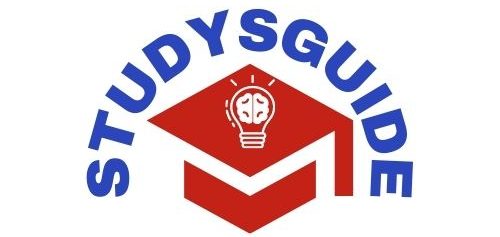
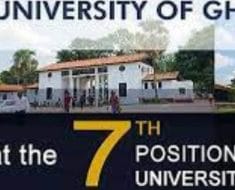
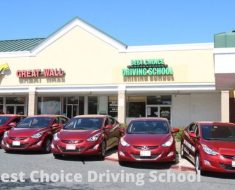
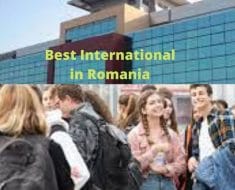
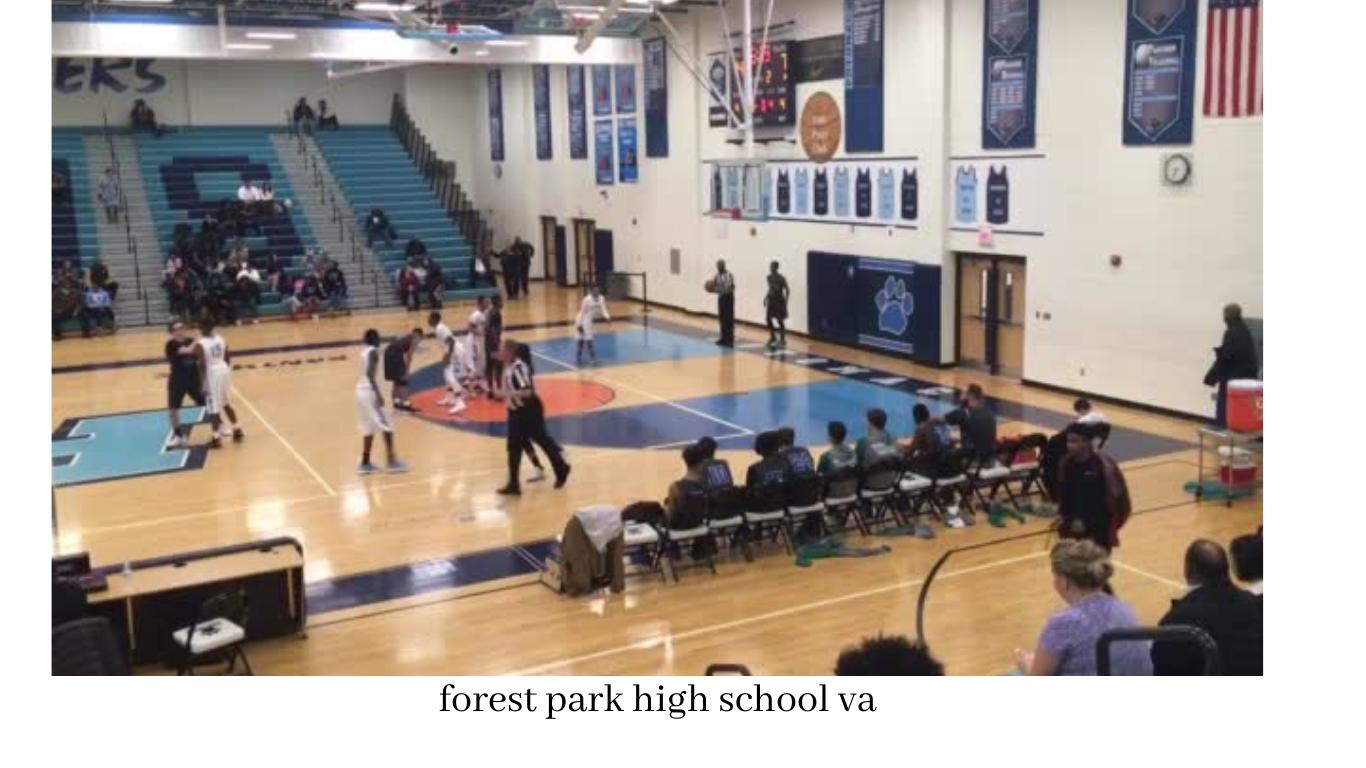
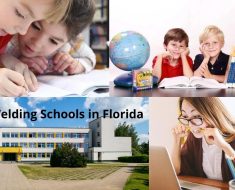
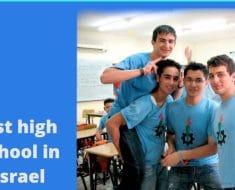
0 Comments